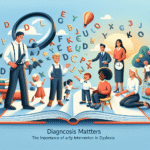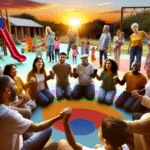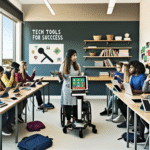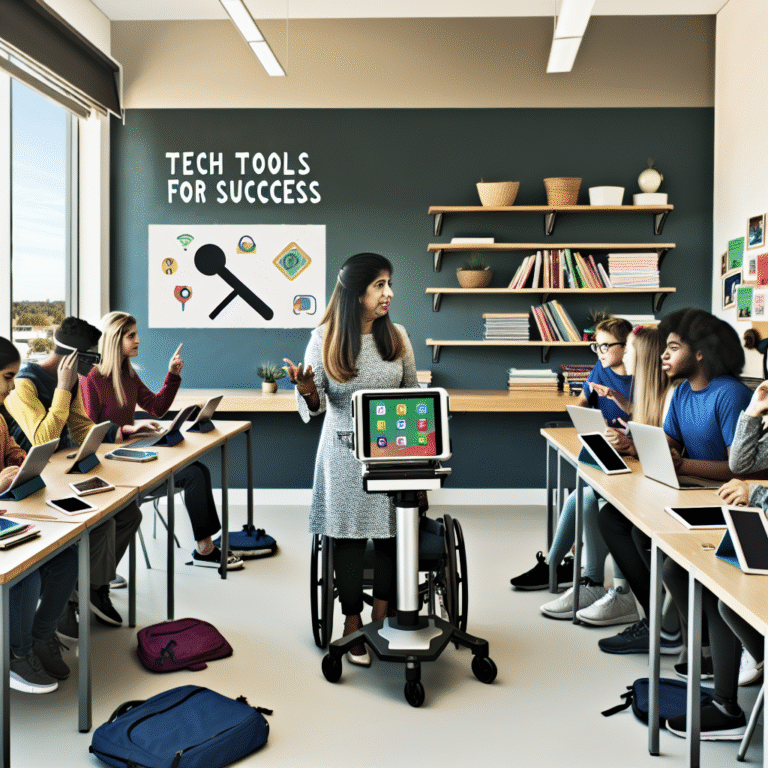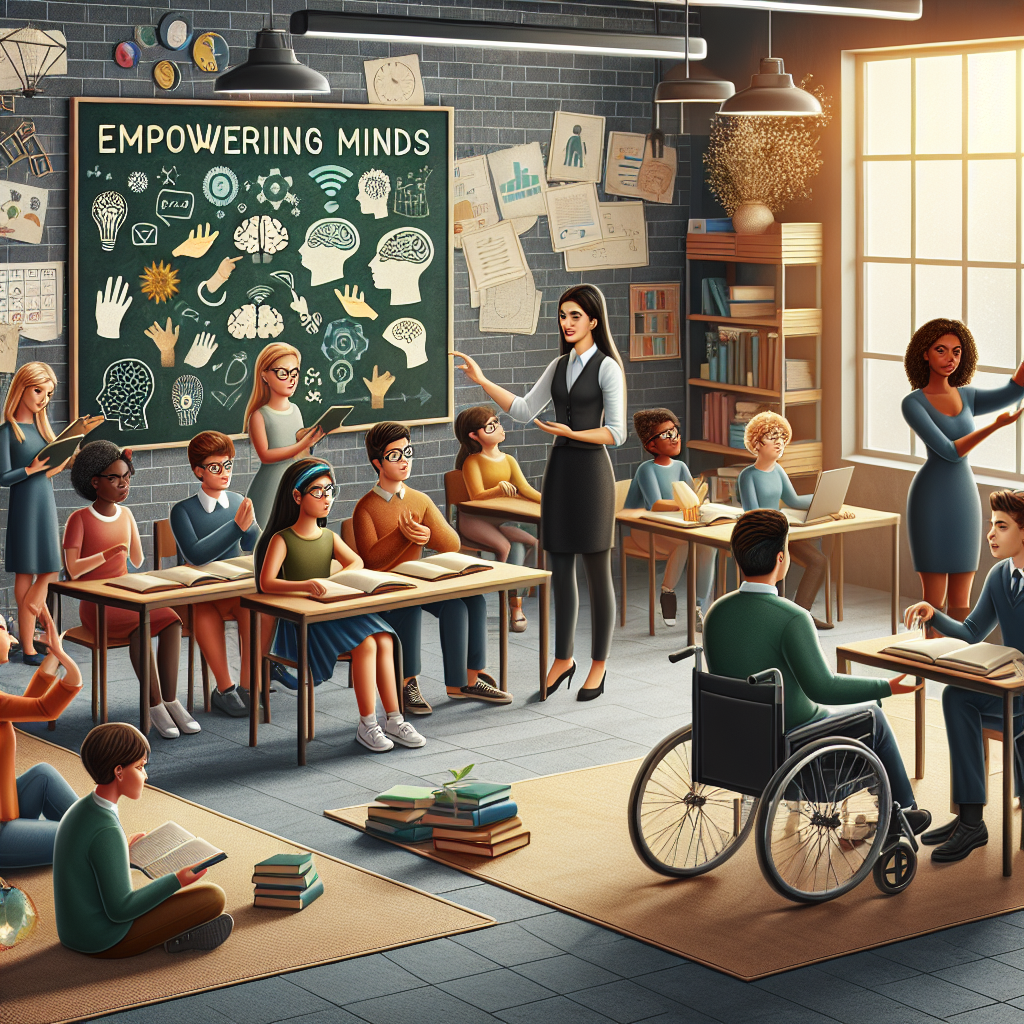
Introduction
In a world that thrives on diversity, the educational landscape must cultivate environments that empower every learner, especially those with learning disabilities. The quest for inclusive education has never been more pressing. The term "learning disability" encompasses a range of challenges, yet, with innovative approaches, educators can transform classrooms into spaces where all students can succeed. This article, titled Empowering Minds: Innovative Approaches to Supporting Students with Learning Disabilities, delves into strategies that not only support these students but also enrich the learning experience for everyone.
Understanding Learning Disabilities
What Are Learning Disabilities?
Learning disabilities (LD) refer to a variety of disorders that affect the acquisition of knowledge and skills. These may manifest as difficulties in reading (dyslexia), writing (dysgraphia), and math (dyscalculia), among others. It’s crucial to identify and understand these challenges to provide effective support.
The Importance of Early Identification
Early recognition of learning disabilities can significantly influence a student’s academic journey. Recent studies indicate that students who receive timely interventions improve their educational outcomes and emotional well-being. By implementing innovative approaches, schools can foster environments that identify and address these needs.
Innovative Approaches to Supporting Students
1. Universal Design for Learning (UDL)
Overview of UDL
Universal Design for Learning is an educational framework that strives to optimize teaching by catering to individual learning variability. UDL emphasizes three main principles:
- Multiple Means of Engagement: Stimulating interest and motivation for learning.
- Multiple Means of Representation: Presenting information in different ways.
- Multiple Means of Action and Expression: Offering various avenues for students to demonstrate their knowledge.
Case Study: Riverside Elementary
At Riverside Elementary, educators implemented UDL practices, leading to a notable increase in student engagement and performance. By using varied teaching methods, including multimedia presentations and hands-on activities, teachers accommodated diverse learning preferences. Feedback from students indicated a greater understanding of topics, showcasing the power of inclusive teaching strategies.
2. Assistive Technology
The Role of Assistive Technology
Assistive technology (AT) encompasses tools and devices designed to support learning. From screen readers to speech-to-text software, these innovations enable students to overcome challenges related to learning disabilities.
Case Study: Jefferson High
At Jefferson High, students with dyslexia were provided with text-to-speech software. This resource empowered them to access grade-level texts independently. After a semester of implementation, 75% of students reported enhanced comprehension and confidence in their reading abilities, affirming that technology can be a game-changer in education.
3. Personalized Learning Plans (PLPs)
Creating Tailored Educational Experiences
Personalized learning plans are essential in meeting the unique needs of students with learning disabilities. These plans involve setting specific goals and outlining tailored strategies for achievement.
Case Study: Springdale Academy
Springdale Academy adopted PLPs for students with various challenges. Educators collaborated with specialists to assess student needs and develop customized plans. The structured approach yielded a 40% improvement in academic performance over six months. This case highlights how individualized attention can transform a student’s educational experience.
The Role of Educators
Training and Professional Development
Equipping educators with the right tools and knowledge is vital for success. Ongoing professional development focused on innovative strategies and learning disabilities creates a supportive teaching environment.
Collaborative Practices
Collaboration among teachers, specialists, and families enhances the educational experience for students with learning disabilities. Regular meetings and open communication foster a community of support, ensuring that everyone is on the same page.
Building an Inclusive Classroom Environment
Positive Behavioral Interventions and Supports (PBIS)
Understanding PBIS
PBIS is a proactive approach to establishing the behavioral supports needed for students to achieve social, emotional, and academic success. Implementing PBIS can help create a more inclusive classroom by fostering a positive climate for all students.
Classroom Accommodations
Simple accommodations, such as extra time on tests, flexible seating arrangements, and quiet workspaces, can significantly impact student success. By creating an environment that reduces distractions and promotes focus, educators can better support students with learning disabilities.
Engaging Families in the Process
Communication is Key
Involving families in the educational process empowers students. Regular updates, parent-teacher conferences, and educational workshops enhance understanding and engagement.
Resources and Support
Providing families with resources and support networks is crucial. Access to workshops, online resources, and community groups can foster a stronger home-school connection, ultimately benefiting students.
Empowering Minds Beyond the Classroom
The Importance of Social Emotional Learning (SEL)
Integrating social-emotional learning into the curriculum helps students with learning disabilities develop crucial skills such as resilience, self-management, and relationship-building. SEL nurtures emotional health, which is essential for academic success.
Community Engagement
Building partnerships with local organizations and community members can broaden support networks for students with learning disabilities. Collaborative events and workshops can enrich the educational experience and foster community understanding.
Conclusion
Empowerment is key to ensuring that students with learning disabilities thrive academically and socially. By implementing innovative approaches, including UDL, assistive technology, personalized learning plans, and fostering inclusive environments, we can enhance educational experiences for all learners. It is essential to remember that every student’s journey is unique, and with the right support, we can help them navigate challenges and celebrate successes.
Call to Action
As educators, parents, and community members, we have the power to transform lives. Let’s commit to driving change in our schools, advocating for resources, and prioritizing inclusive practices. Together, we can truly empower minds.
FAQs
1. What is a learning disability?
A learning disability is a neurological condition that affects a person’s ability to process information. It may impact skills such as reading, writing, or math.
2. How can I identify if my child has a learning disability?
Look for signs like difficulty in school performance compared to peers, persistent problems with reading or math, and challenges in organization or time management. Consulting a specialist for evaluation is recommended.
3. What are some effective teaching strategies for students with learning disabilities?
Use a variety of instructional methods, incorporate technology, provide structured support, and encourage collaboration among students.
4. How can parents support children with learning disabilities at home?
Parents can provide a structured environment, use assistive technologies, maintain open communication with teachers, and celebrate small successes to boost confidence.
5. Are learning disabilities lifelong?
While some individuals may outgrow certain challenges, many learning disabilities can persist throughout life. However, with proper support, individuals can develop effective strategies to manage their challenges successfully.
This article serves as a call to action to empower educators, families, and communities to innovate in their support of students with learning disabilities. By embracing diversity and fostering inclusivity, we can create a brighter future for all learners.










